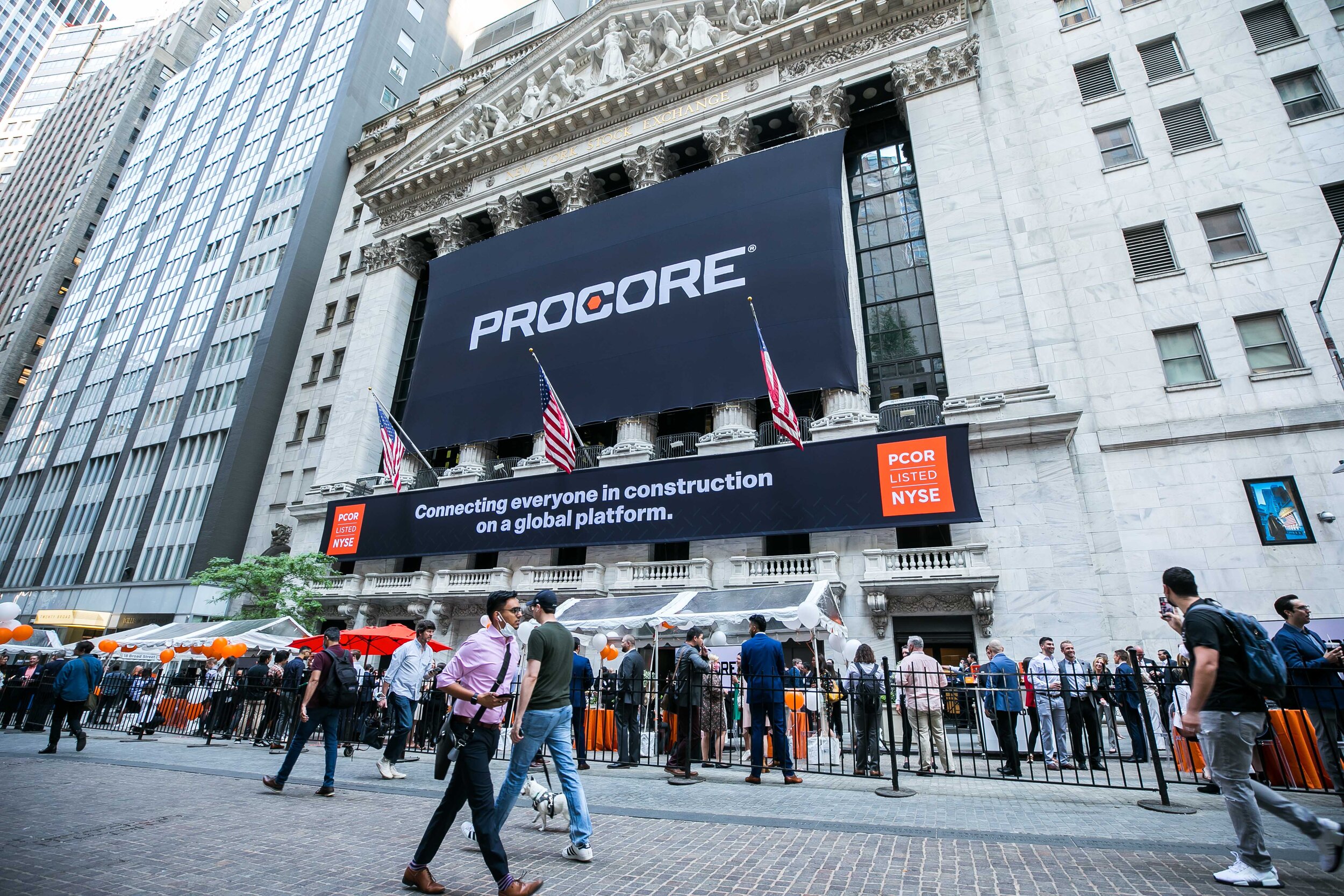Modular Construction has been touted for years as a major disruptor in the construction industry, but the building method has been slow to take off as expected. We’ve recently seen a spike in demand for modular building, especially in the hotel and multi-family housing sectors, which has been driving many new projects across the world. A recent report highlights the trends and potential time and cost savings the method could provide.
The report, titled “Modular construction: From projects to products,” comes from consulting firm McKinsey & Company. While the report states a possible time savings benefit of up to 50%, it admits that it has yet to meet “the revolutionary productivity gains it should be capable of.”
There are many challenges facing modular construction, it says, and achieving the full cost and productivity benefits requires the optimization of many different entities and processes, including design, manufacturing, technology, logistics, and assembly. There are many companies that are great at handling one or more of those aspects, but much fewer with the experience and capacity to handle all of them at the same time.
By focusing efforts in areas where modular demand is high and the labor market is low, the report believes that modular construction claim a $130 billion market share in the US and Europe by 2030. That amount could deliver an annual cost savings of $22 billion and help fill a $1.6 trillion productivity gap.
Modular construction encompasses a wide variety of approaches, from more simple, 2-dimensional units like wall panels to fully finished 3-dimensional rooms or structures. 2D modules require much more on-site labor for assembly, but offer greater flexibility. More complex, 3D modules require much greater pre-planning and up front design, but can offer the greatest labor productivity savings.
The report states that the biggest predictor of areas that modular can gain traction in are those that need additional housing and have a construction labor shortage as well as high labor costs. In the US, they believe that the West region has the best chance of seeing increased pre-fabrication. Currently, the US only contains 3% of the worldwide share of offsite housing, while Finland, Norway, and Sweden combine for a 45% share.
We’ve seen big cities like Chicago and New York make headlines for investments in modular recently. Skender, a Chicago based firm, just opened up a 105,000SF advanced manufacturing facility and will offer a turnkey solution for modular building. Meanwhile, the future world’s tallest modular hotel is being built in New York currently, backed by hotel giant, Marriott.
Full report: Modular construction: From projects to products | McKinsey & Company











